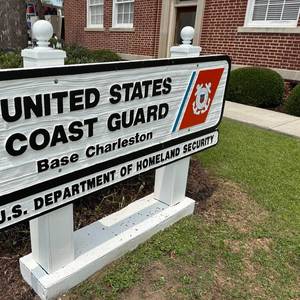
The U.S. Coast Guard’s Facilities Design and Construction Center completed a contract modification with The Whiting-Turner Contracting Company Aug. 25 to remove up to 100 submerged concrete piles under the old Pier November at Base Charleston in North Charleston, South Carolina. The modification, with a potential value of approximately $14.
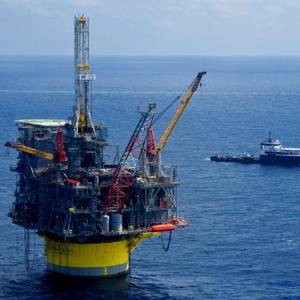
U.S. President Donald Trump's administration on Tuesday unveiled a comprehensive schedule to hold more than 30 offshore oil and gas lease sales in the Gulf of Mexico and Alaska's Cook Inlet over the next 15 years.The plan fulfills a directive in Trump's One Big Beautiful Bill Act, which passed last month
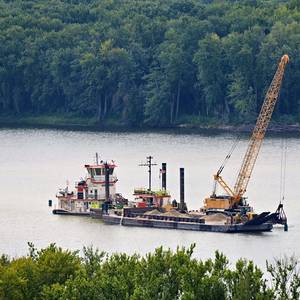
The American Association of Port Authorities (AAPA) and a broad coalition of every donor and energy transfer port have sent the House and Senate Appropriations Committees and the Energy and Water Development Subcommittees leaders a letter, urging them to reverse a funding diversion and restore critical support for ports through the FY2026 appropriations process.

The military and Coast Guard budgets are established that will benefit the U.S. ship building and repair sector, but what will stimulate the commercial yards?This author has been scratching his head of late, after a thrilling dive into July’s U.S. Big Beautiful Bill Act, and has asked several colleagues where the funding for support commercial shipbuilding can be found? To answer that
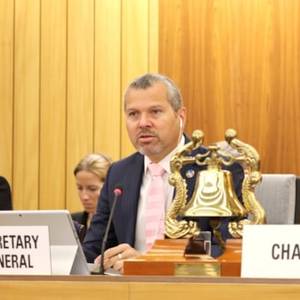
IMO Secretary-General Arsenio Dominguez has called for intensified diplomatic efforts following a renewed wave of attacks on merchant ships in the Red Sea.IMO Secretary-General Arsenio Dominguez has called for intensified diplomatic efforts following a renewed wave of attacks on merchant ships in the Red Sea.
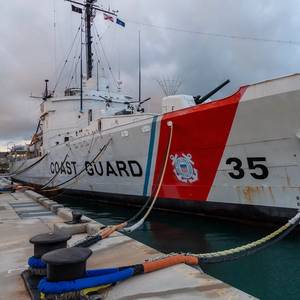
The U.S. Coast Guard welcomed the nearly $25 billion investment included in the One Big Beautiful Bill Act Friday — marking the largest single commitment of funding in service history. The investment strengthens every facet of Coast Guard operations and supports the Service's role as the Nation’s leading drug interdiction and maritime border security force.
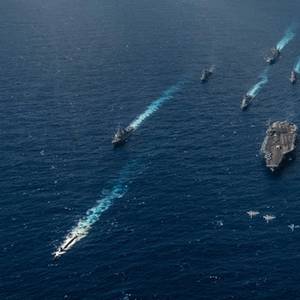
U.S. President Donald Trump wants a pay raise for troops, more high-tech missiles and drones in next year's defense budget, while cutting Navy jobs, and buying fewer ships and fighter jets to save money, according to budget materials posted Wednesday.At $892.6 billion, the defense and national security budget request is flat compared with this year.

On April 30, Senator Mark Kelly (D-AZ), together with several original co-sponsors, reintroduced the SHIPS for America Act in the U.S. Senate, first introduced in December 2024, divided into two bills. Companion legislation was also introduced in the U.S. House of Representatives by Rep. Trent Kelly (R-MS) and Rep. John Garamendi (D-CA). This is a major, historic effort to revitalize the U.S.
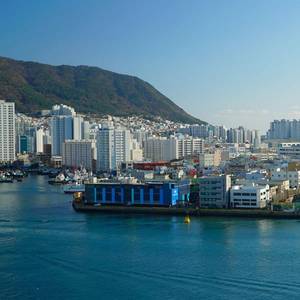
Shares in South Korean shipbuilders HD Hyundai Heavy Industries and Hanwha Ocean rose more than 15% and 16%, respectively, today, after two U.S. senators debuted a bill to allow the U.S. Navy to build naval vessels in a shipyard located in a U.S. allied country.Senators Mike Lee (R-UT) and John Curtis (R-UT) have introduced two new bills aimed at enhancing the readiness and capabilities of the
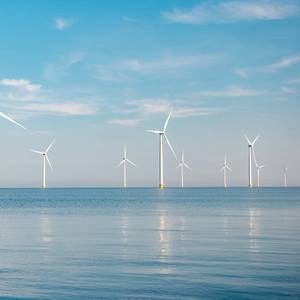
Brazilian President Luiz Inacio Lula da Silva has signed into law a bill authorizing the development of offshore wind farms, a statement said late on Friday, a bid to strengthen the country's energy security and spark a wave of investment.The new law foresees incentives for the development of offshore energy projects in Brazilian territorial waters, the statement said.
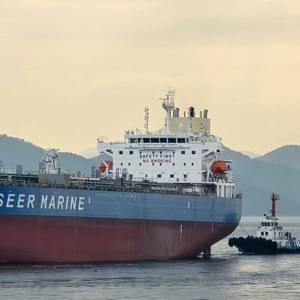
Abu Dhabi's Al Seer Marine, a subsidiary of International Holding Company (IHC), has taken delivery of two new Medium Range (MR) tankers, M.T. Saiph and her sister ship from K Shipbuilding Korea.Each vessel is equipped with an Exhaust Gas Cleaning System (EGCS) and engineered to accommodate alternative fuels such as Liquefied Natural Gas (LNG), ammonia, and methanol.
The bipartisan, bicameral bill will fuel U.S. economy, strengthen national security by responding to China’s threat over the oceans. Currently, the number of U.S.-flagged vessels in international commerce is 80; China has 5,500.Today, Senator Mark Kelly (D-AZ), Senator Todd Young (R-IN), Representative John Garamendi (D-CA-8)